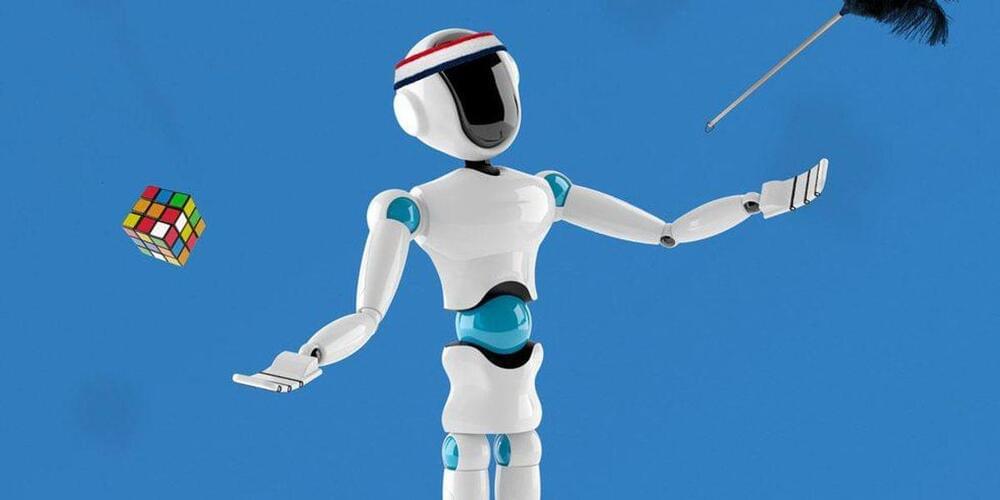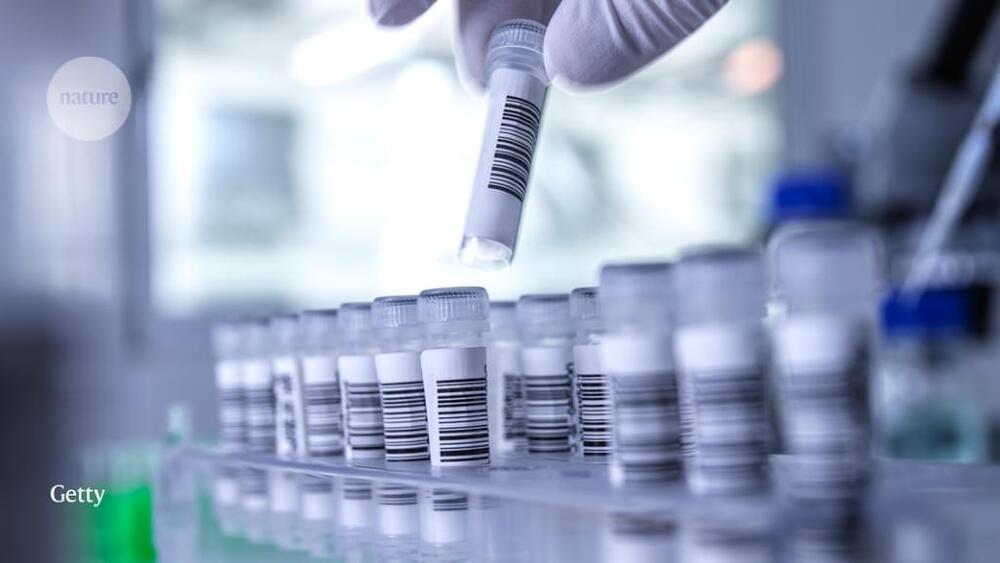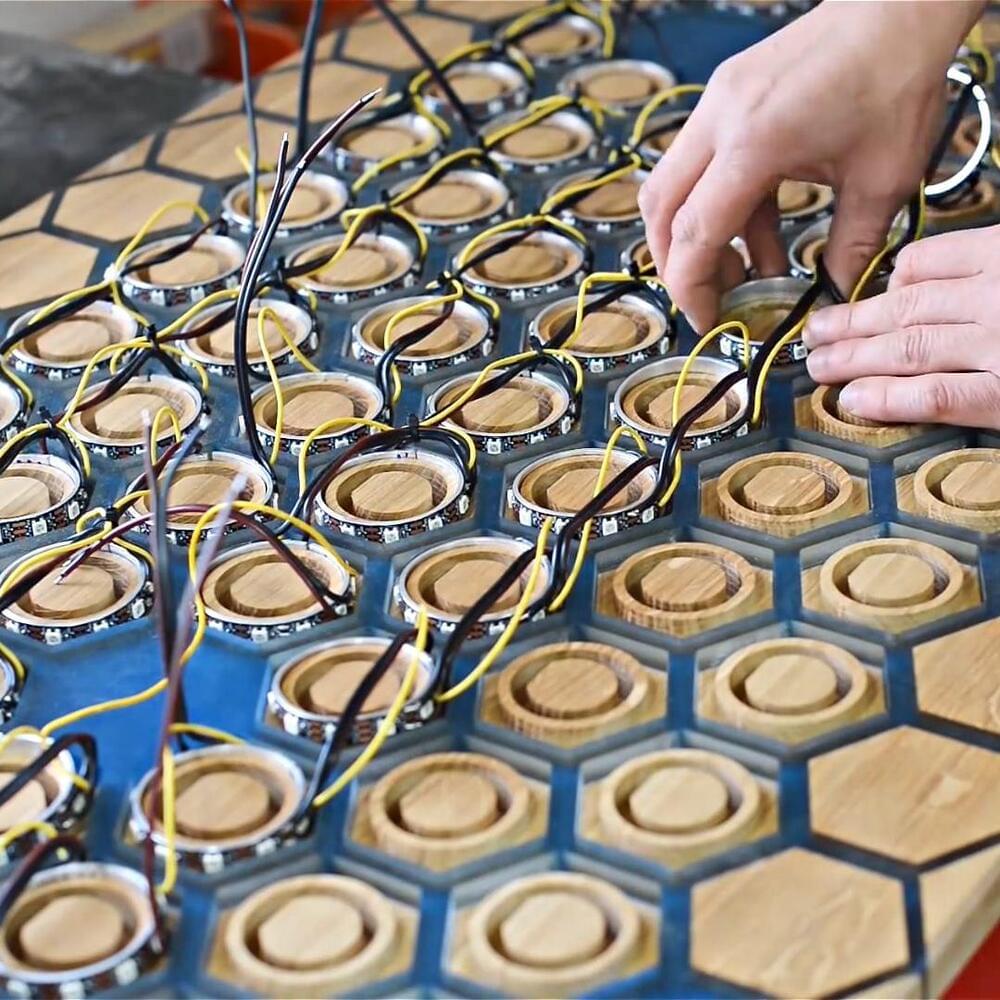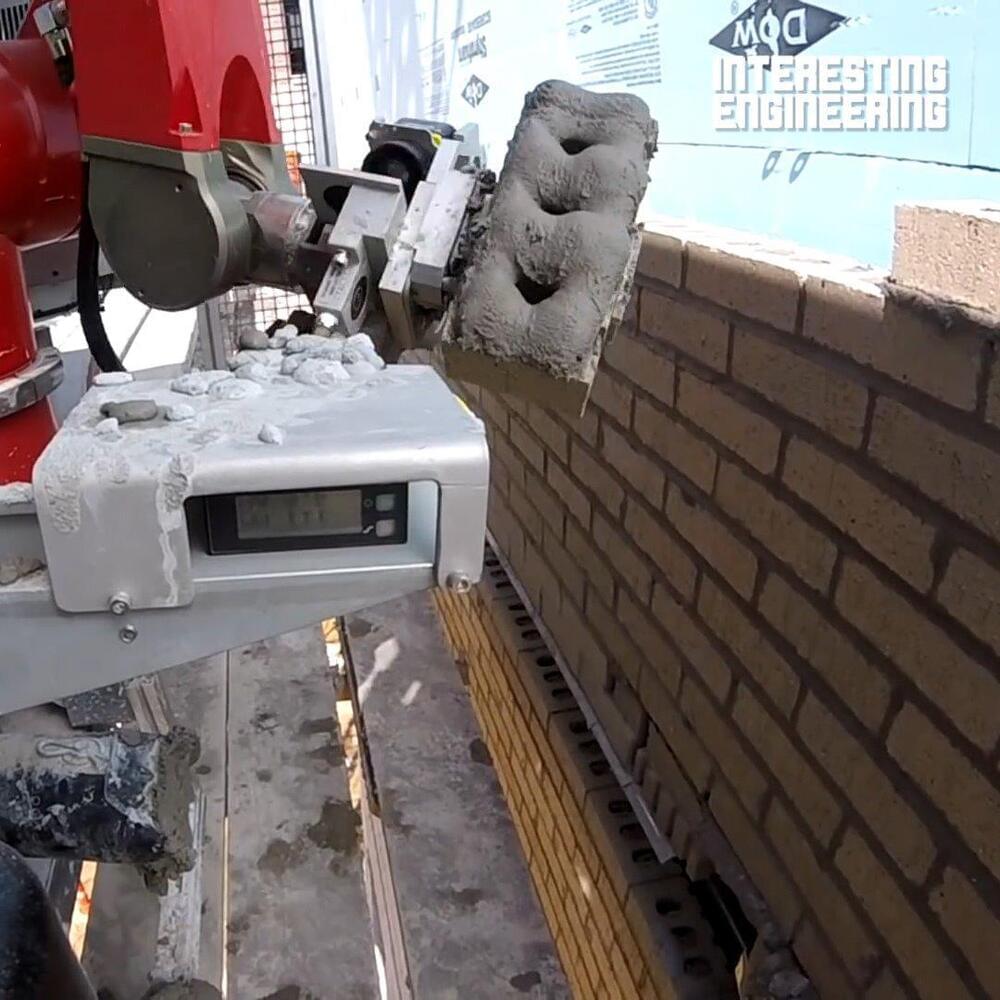Now that we know that interstellar objects (ISOs) visit our Solar System, scientists are keen to understand them better. How could they be captured? If they’re captured, what happens to them? How many of them might be in our Solar System?
One team of researchers is trying to find answers.
We know of two ISOs for certain: ‘Oumuamua and comet 2I/Borisov. There must’ve been others, probably many of them. But we’ve only recently gained the technology to see them. We’ll likely discover many more of them soon, thanks to new facilities like the Vera C. Rubin Observatory.








